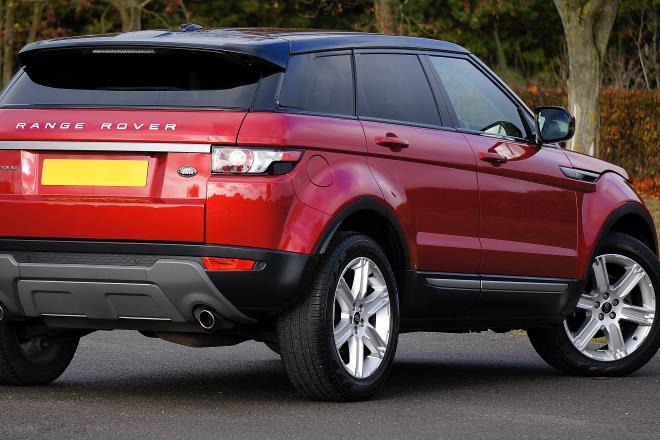The Intricacies and Impact of Continuously Variable Transmissions
The roar of an engine reaching its power band, the feel of a gear change, the thrill of controlling the performance of a car—these are what driving enthusiasts live for. But what if we told you that the future of driving might not involve shifting gears at all? Enter the world of Continuously Variable Transmissions (CVT), a technology that's redefining the way we drive and the efficiency of our vehicles.

A Primer on Continuously Variable Transmissions
The concept of CVT dates back to the late 15th century when the brilliant polymath Leonardo da Vinci first sketched a primitive version of this technology. However, it wasn’t until the late 20th century that CVTs began to find their way into production vehicles, primarily due to advancements in materials and manufacturing techniques.
CVTs operate on a simple yet ingenious principle. Unlike conventional transmissions that use a set number of gear ratios, CVTs employ two variable-width pulleys connected by a belt or chain. These pulleys can change their diameter, effectively creating an infinite number of gear ratios. This allows the engine to operate at its most efficient or powerful speed, regardless of vehicle speed.
Rising Popularity and Current Industry Trends
CVTs have been gaining popularity in the automotive industry due to their fuel efficiency and smooth driving experience. With fuel economy and emissions regulations becoming increasingly stringent, car manufacturers are turning to CVTs as a solution to meet these requirements without sacrificing performance.
CVTs are now commonly found in small to mid-size cars, where the benefits of improved fuel efficiency are most pronounced. More notably, some high-performance vehicles and SUVs have also started to adopt CVT technology, demonstrating its versatility across different vehicle types.
The Impact of CVTs: Advantages and Challenges
The primary advantage of CVTs is their fuel efficiency. By allowing the engine to operate at its most efficient speed, CVTs can significantly reduce fuel consumption compared to traditional transmissions. This not only saves drivers money at the pump but also reduces the environmental impact of driving.
Another benefit of CVTs is their smooth driving experience. Because there are no discrete gear changes, acceleration is seamless, eliminating the “shift shock” experienced with traditional transmissions.
However, CVTs aren’t without their challenges. Many drivers find the driving experience to be less engaging due to the absence of gear changes. CVTs also tend to be louder than traditional transmissions and can be more expensive to repair if they fail.
From Research Bench to Production Line
The development of CVTs has involved extensive research into materials, design, and manufacturing techniques. The belts or chains used in CVTs, for example, must withstand enormous forces while maintaining flexibility. Advanced materials such as high-strength steel, composite materials, and even Kevlar are used to meet these requirements.
Manufacturing CVTs also requires precise machining and assembly processes to ensure smooth and reliable operation. Advances in manufacturing technology, such as computer numerical control (CNC) machining and robotics, have made the production of CVTs more feasible and cost-effective.
A Glimpse into the Future of Transmissions
While CVTs are becoming more common, they’re just one part of the ever-evolving landscape of transmission technology. Other emerging trends include dual-clutch transmissions, which offer the efficiency benefits of manual transmissions with the convenience of automatics, and electric transmissions, which are used in electric and hybrid vehicles.
As technology continues to advance and consumer preferences evolve, the world of transmissions is bound to become even more diverse and exciting. Whether you’re an enthusiast who lives for the thrill of shifting gears or a casual driver who appreciates a smooth and efficient ride, there’s likely to be a transmission technology that suits your needs perfectly.




